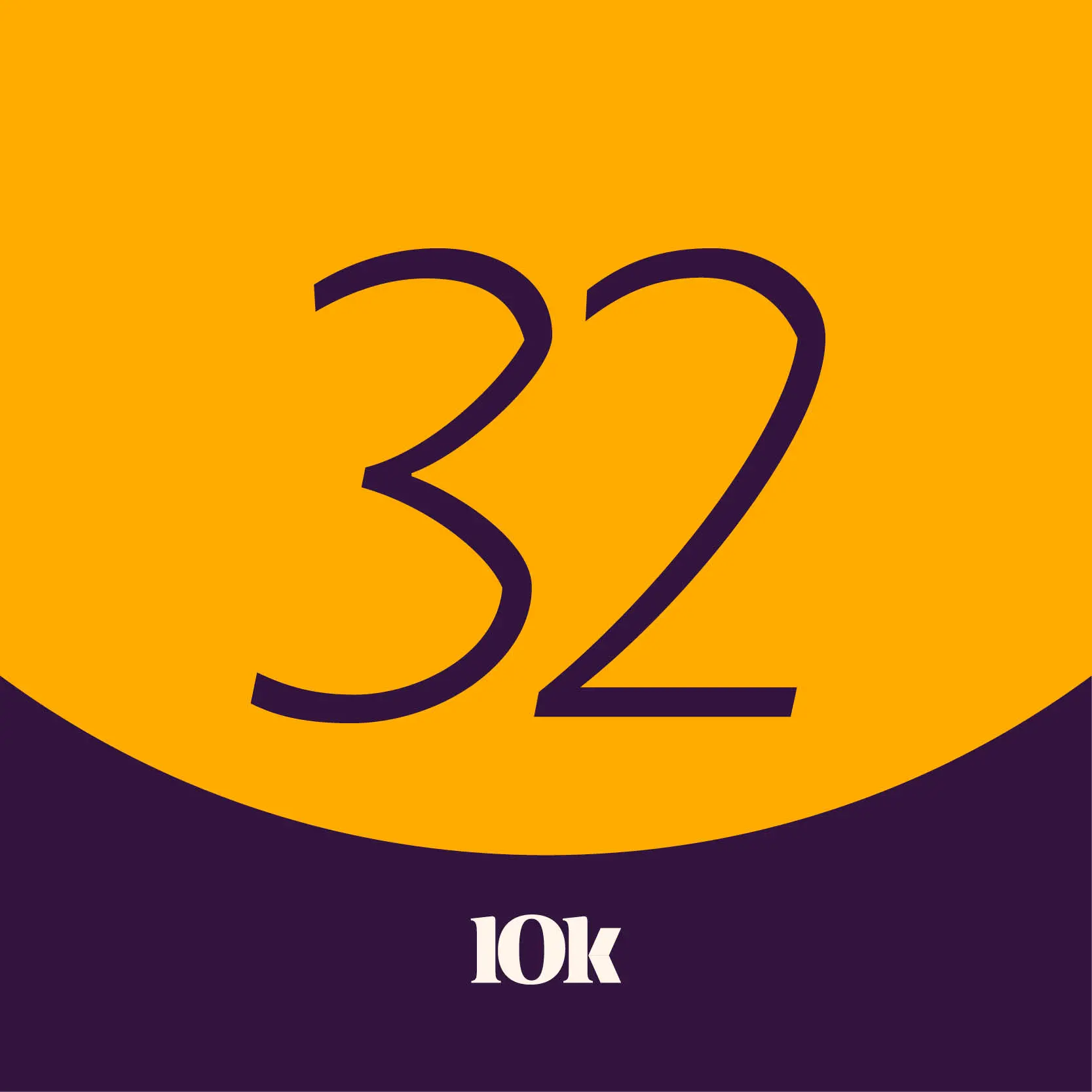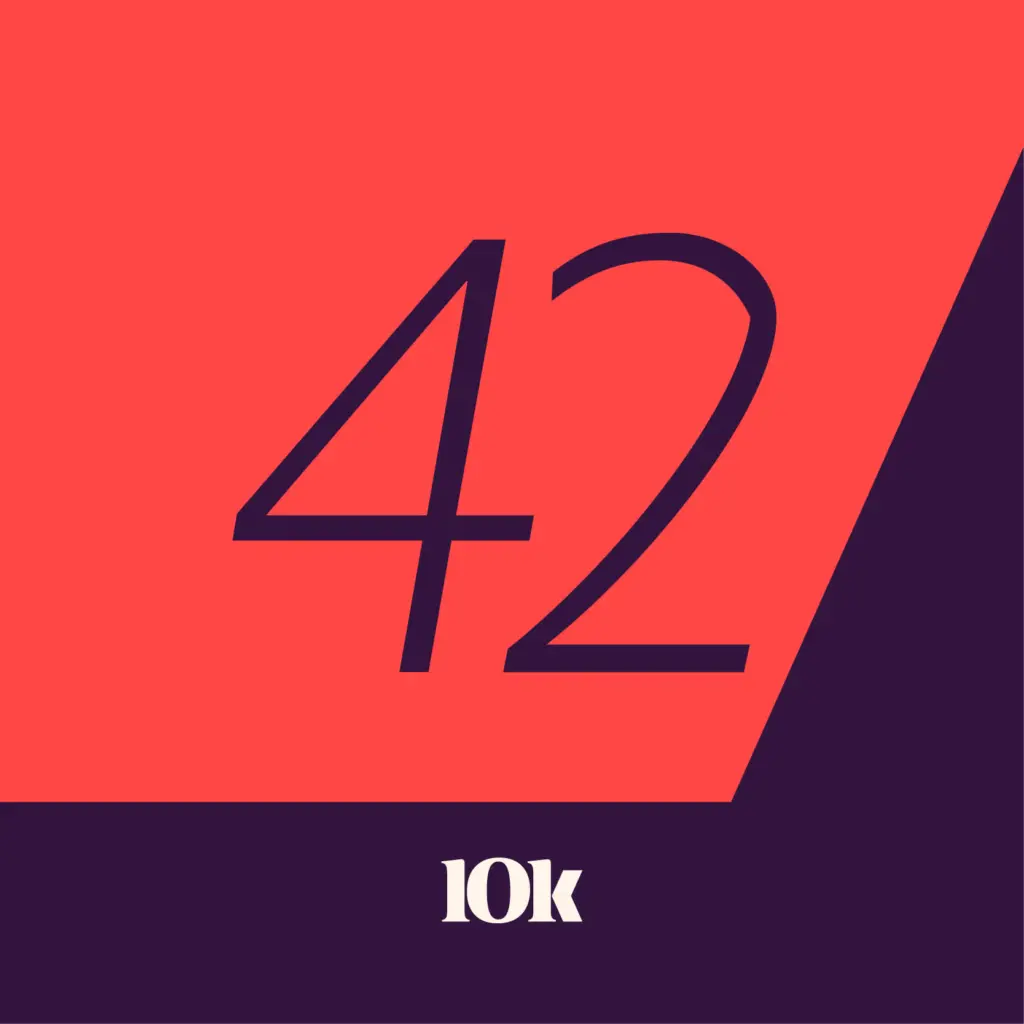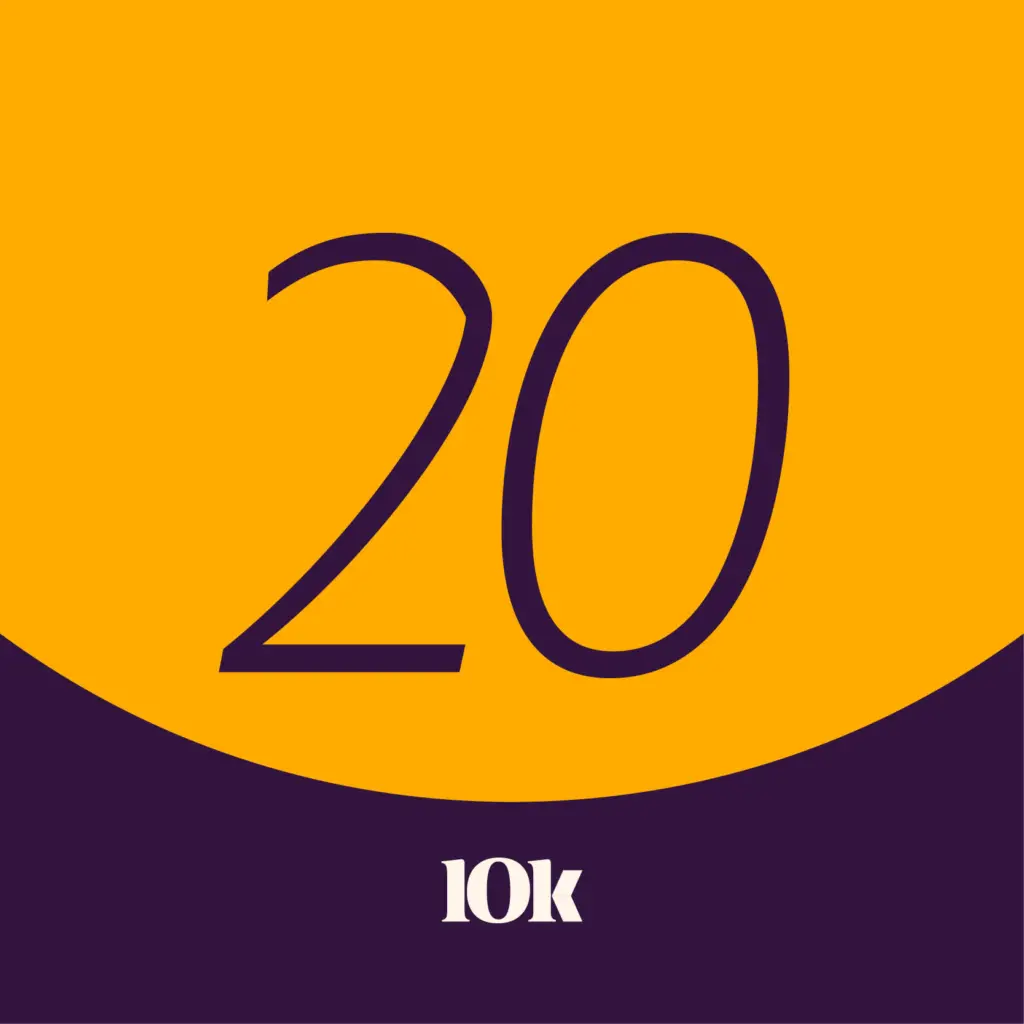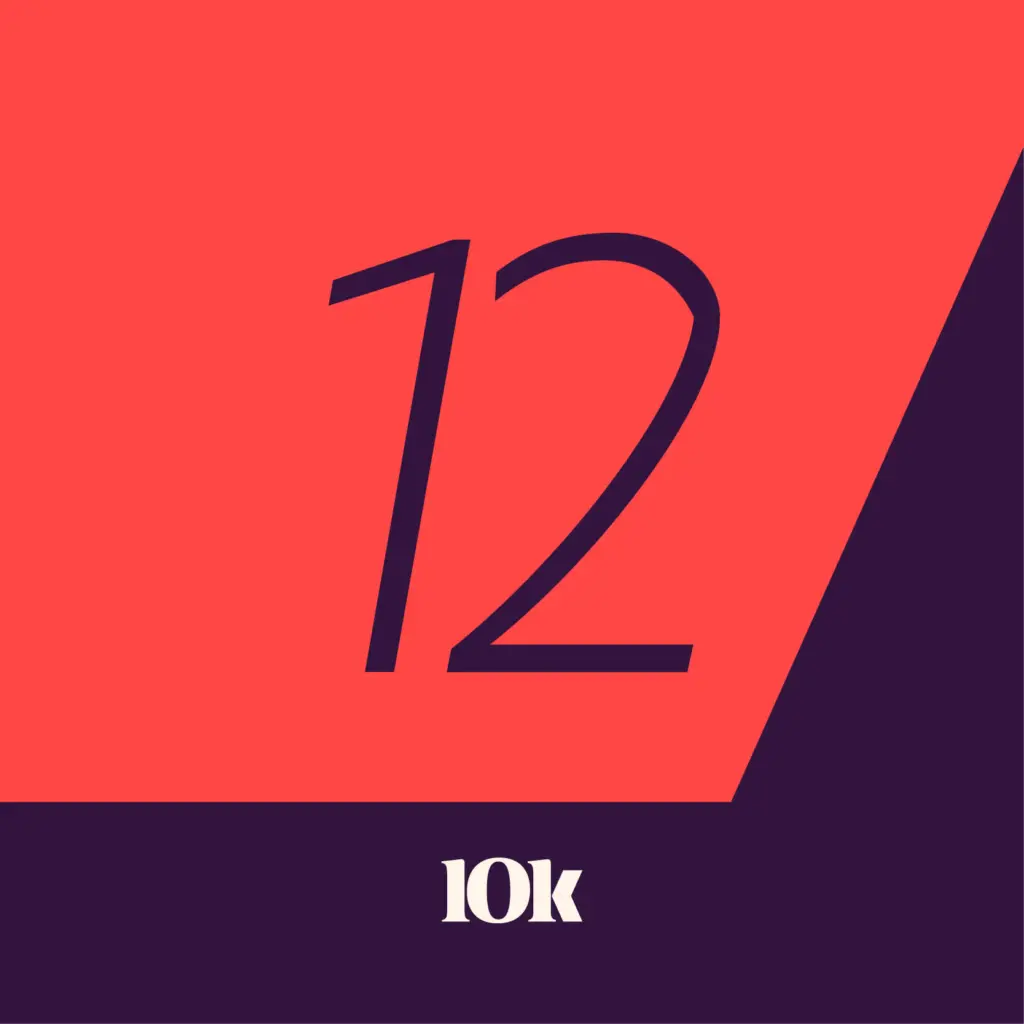Making a product and designing a product experience are two very different undertakings. We have all used apps, devices, products and services that we didn’t necessarily want to use again, and a key reason for that is design.
In this episode, we welcome Lisa Helminiak, Founder and CEO of Azul Seven, a design team based in Minneapolis that recently joined the OST family. We’re happy to welcome Lisa and her team as they help us expand our human-centered approach, service design expertise and customer insights capabilities.
Design Director Brian Hauch interviews Lisa, and together they explore how design helps overcome the challenges associated with creating products and building experiences that delight consumers.
Please help us welcome Lisa and her team!
This podcast content was created prior to our rebrand and may contain references to our previous name (OST) and brand elements. Although our brand has changed, the information shared continues to be relevant and valuable.
Episode Transcript
Andrew Powell: Hey, everybody. On this episode, we’re happy to introduce Lisa Helminiak, the founder of Azule Seven, a design firm from Minneapolis that we recently welcomed into the OST family. Lisa is interviewed by OST Design Director, Brian Hauch, and they discuss the role of design and technology, and its ability to make products that help secure customer renewals and add lasting value. Please join us in welcoming Lisa to OST and enjoy.
View Full Transcript
Brian Hauch: Today, we’re with Lisa, and she has a kind of a deep background in design research and advocating for design within companies. I’m wondering, could you share a little bit about your background and kind of what led you here?
Lisa Helminiak: Sure. Thanks, Brian. It’s really great to be on this podcast. I’m now into like six weeks, maybe seven weeks, as a staff member at OST after running Azul Seven, my design—human centered design company for 13 years. So it’s a big transition, but very exciting for us, because we have always been a design first organization working with technologists, but we needed to expand and get, you know, a deeper bench of design working with IOT, and, you know, some of the things that OST’s been, you know, had in their expertise quiver for a long time, so we’re super excited to be joining and advocating for design within technology, and moving forward with the great designers at OST.
So, you know, my background really has been working in design for, oh gosh, over 20 years now and watching the evolution of design, you know, from, really, a marketing practice or corporate communications practice, really, into much more of a strategic practice. So that’s what I’m really excited to talk about today, and to talk about, you know, how OST is approaching design and strategy.
Brian Hauch: That’s great. You know, it was interesting to use the phrase advocating for design and technology.
Lisa Helminiak: Yeah.
Brian Hauch: It just feels like those are like two different concepts, and what does that mean? You know, how does that manifest itself in business?
Lisa Helminiak: Yeah. Great question, because, you know, design has always been part of technology. I mean, if you look at the great technology companies, design has been an integral part, so Apple and, you know, Microsoft came to it late, but they got there. You know, and even, you know, the startups, Airbnb, and all those things, they’ve had technology at the strategy table from day one. And I think people have realized it’s not just about the technology, it’s about servicing our customers and delighting our customers, and so design is that desirability lens on the technology, you know. I think the modern technology infrastructure really has those three stools: one is, you know, desirability, feasibility, and viability. It has to be desirable, which is where design comes in and design practices, and you’ve got viability, and that’s the business side, and then feasibility, which is, you know, all those great technical minds working on a problem.
And things are more complex than ever. We’re not building websites anymore, we’re building products, we’re building ecosystems. And, you know, design has—just as technology has morphed into new tools and new ways of working, so is design. I just don’t think every company has kept up with it. They may not have needed to, but today they do. So that’s why we’re here, and that’s what we’re working towards.
Brian Hauch: That’s great. You know, as you’re talking, I was thinking about the word design, and I’ve heard a lot of different definitions of what classifies design, what qualifies design, and a lot of times I’ve been in conversations where design is sort of characterized by kind of visual design. I’m wondering, are there—what are the different flavors of design that might get inside of a company like Apple designing a product or designing, you know, something more complex for these times that we have more complex issues to resolve.
Lisa Helminiak: I think that’s a great question. Design has many layers. If you think about just human endeavor, we are designing things, and you know, what gets the label of design is a great question. You know, it’s really, you know, it is that delight layer, that desirability layer that goes through everything in a company that has now become more specialized skills. So, you know, if you look at it, it’s kind of a nested ecosystem. You could think of it as, you know, kind of visual design, communication design, product design, you know, that’s that next level we have to design the product, service design, that is an emerging field, we live in a service economy. The fact that we are just now starting to think about designing services is really important and a huge movement forward. In Europe they call it service design, in the United States we call it customer experience, but often we’re talking about the same things. And then there’s the ecosystem design, which could be, you know, business models, and, you know, how do we tie product service and communications together better. So, as we’re looking at how companies impact the planet, impact society, those ecosystem design strategies become more and more important.
So as you can see, there’s different levels of design. There’s different schools of design, obviously there’s architecture, too, there’s infrastructure, there’s, you know, city planning, there’s lots of design, but we all have to work better together, and get things moving, and know our roles, so that we can do the best design we can, because we’ve got important problems to fix.
Brian Hauch: That’s interesting is you’re listing out all the various types of designs. It feels like there’s different definitions of what is good design—
Lisa Helminiak: Yeah.
Brian Hauch: in some way. I would imagine like some of those disciplines it’s about creating a memorable moment, right?
Lisa Helminiak: Right.
Brian Hauch: Like sticks in people’s minds, where other times it feels like a good design might be more about inclusivity, or, you know, making sure this can hit the widest range of people possible to scan.
Lisa Helminiak: That’s a really good point, too. I think, you know, coming out of the old advertising days, it was all about wowing people, right? Being unique, being, you know, distinctive. I think people want to be unique and distinctive, but you know, it might be better that your software isn’t all that unique and distinctive and works as expected, you know what I mean? So I think the design brief and the design strategy has to be adapted to the specific moment of the customer journey. So at the beginning, the brand piece may need to still wow people and be distinctive, but the product design probably should work as expected or work in a way that really supports the user need as best we can, and, you know, that might be, you know, not a visual design at all as we move into voice technologies, you know, and if you think about inclusive design, how do we make things as simple as possible and voices an exciting new way forward with that? So, you know, design needs to be the right design for the right place, time, and user, and that takes a while to figure out. That’s why we like using the framework of human centered design, because it helps start, starts to unpack some of those differentiations and needs as we are trying to design, you know, a big, a new ecosystem for a product, let’s say. So we use that framework, and some people may be familiar with that, it’s been around for a long time, probably 20, over 20 years, but companies are just really starting to adopt it as part of their toolkit, just like Agile has come into technical development, human centered design, and design thinking, our tool sets that have become more ubiquitous across organizations.
Brian Hauch: Hmm. Yeah, that’s interesting comparing it to Agile and some of these other methodologies that people use to bring products to market.
Lisa Helminiak: Yeah.
Brian Hauch: You just—you mentioned human centered design and design thinking.
Lisa Helminiak: Yeah.
Brian Hauch: Do you feel like they’re the same thing or are they different?
Lisa Helminiak: I think human centered design is that macro view, so it includes design thinking, but there’s other tools and techniques that are inclusive in human centered design. Design thinking is a specific framework that comes out of the Stanford d.school, it’s got a process framework. It’s a great toolset. We use it a lot, but there’s other human centered techniques such as behavior design and, you know, lean startup, and things like that that people use. So it’s an ecosystem of tools, I would say, that is included in human centered design.
Brian Hauch: Yeah. You know, you’re talking and I’m thinking like, it seems like one of the roles or one of the needs that design fills and product is integration, right? And kind of having a mindset around what type of design do you put into the situation to help integrate these systems—
Lisa Helminiak: Yeah.
Brian Hauch: these changes that are happening? Are there, like, questions that you might ask to kind of diagnose what is the business context for what type of design should we use?
Lisa Helminiak: Well, I always start with the end user or the end—the people we’re designing for. It may not be a user, it might be just a person. We, you know, that’s where it all comes from, right? If we’re not meeting the right need, it doesn’t matter what the business thinks, you know, what the business model is, so that’s where I think designers can really add value with design tools like design research, where we’re actually doing qualitative, on the ground, landscape research that can be correlated with qualitative research coming out of, you know, datasets, and we can start seeing what’s really happening with people, and make good decisions and better decisions moving forward about what’s the right design approach, what are the right technology tools, how do we approach things?
I mean, if you think about, you know, examples in healthcare, there’s everyone’s trying to rush to like remote patient monitoring and telemedicine and healthcare, and no one’s thought about how those technology—that technology goes into the house, especially with an older chronically ill person, and it’s just a bad design. Like it’s not working well, because how does that person get it set up? How do they—how do we ensure that they’re using it? Does it feel, you know, like their privacy is being invaded? You know, those feelings impact the use of technology and we’ve got to acknowledge that. Even with the stuff that’s, you know, like AI and things, if you don’t feel like you’re getting the right information back, or if the system doesn’t understand you, because of an accent or something, that’s bad design. And, you know, we rushed to technology solutions without thinking through every aspect of that user journey, and that’s where all these things come together. Surface design impacts the technical design. Absolutely. Even in B2B cases. In fact, we’re seeing, and there’s data showing that B2B is just as important in terms of user interface, and ease of use, and having people feel like it’s a comfortable situation to use a product as it is B2C. They will leave products. People will leave products, because they’re too hard to use. I’m seeing that. I see that every day. So as we have a more mature technical ecosystem and world out there, the expectations for use and ease are higher every day, even in industrial settings, so… It costs money. If it takes extra time for people to get their work done, that costs people money, and so there are great business cases for why design is—can help save money, save time, and derisk a situation.
Brian Hauch: It’s really interesting to talk about the differences between B2C and B2B, and the, you know, in the B2B world, the buyers are usually separate from the users, right?
Lisa Helminiak: Yeah.
Brian Hauch: And I think a lot of times it feels like features are added to kind of entice buyers—
Lisa Helminiak: Yeah.
Brian Hauch: but the usability of the product lacks, you know, and—
Lisa Helminiak: Yeah.
Brian Hauch: but then it seems like people, the staff votes to not use the product, right?
Lisa Helminiak: Right.
Brian Hauch: Like, just because it looks good on a sell sheet and it has features, it doesn’t mean people are actually going to use this, and it’s a massive investment.
Lisa Helminiak: Yeah. And I think that’s where, you know, it’s going to come back and bite you at the end. You know, you may get the sale, but are you going to get the renewal? And I think that’s, you know, that’s—you have to get the renewal, too. And if your product doesn’t change enough, it doesn’t adapt, again, people are willing to give a product a chance if it meets a specific need, and it’s a new, you know, new product in the market, it’s like, “Cool. That looks great. It solves a problem,” then we get it. None of those fast followers entering the market and they do it just that much better, right? Are you going to stay with the old, you know, system? Or are you going to jump systems? And I think, we’ve done, you know, Azul Seven, my company has jump systems many times, because we see a product that’s better and meets our needs better. Even, you know, disentangling all the data that’s in there, we’ve done it more than once, so we’re not the only ones. People will do it, and it’s—honestly, it’s—why make messy and complicated products, it’s just, it’s not necessary. And we have tools and techniques to create better and simpler products from the get-go, and if companies can’t get on board with that idea, they’re going to be behind. They’re going to lose market share—guaranteed.
Brian Hauch: Interesting. Yeah, exactly. You know, I was going back to the example that you gave of telehealth or, you know, people rushing to figure out how to deliver healthcare in the home environment, right?
Lisa Helminiak: Yeah.
Brian Hauch: And, you know, just even all the behavioral aspects of what is it like talking to a physician sitting in your living room versus in a doctor’s office, right?
Lisa Helminiak: Right.
Brian Hauch: And in what kind of—what’s my comfort level with that, and privacy issues, and things like that, and so in some ways, you know, the issue isn’t technology, and that we have the technology, and we have the features—anyone can have those—but it’s really kind of how you phrase it untangling, what is the user experience problem of that.
Lisa Helminiak: Right. And there’s multiple user experience problems, right? Just getting the technology in the home is a big problem. How do you set it up? How complicated is it? Does it have to plug into a hub? Is it on wifi or is it on Bluetooth? You know. That alone—
Brian Hauch: Yeah.
Lisa Helminiak: is one layer of issues. Second layer of issues is, does somebody want to use it? Is it—does it make them feel safe and comfortable? Is it easy to use?
I’m noticing with my own parents that even though they’ve had, you know, computer devices for their, you know, older years, my mother’s ability to swipe on her iPhone is getting harder and harder for her. And I’ve read some things about the skin changes that happen when you age and there’s less oils in your skin, so the device registers your movements less. I mean, that’s a design challenge, right? And so, you know, she’s struggling with things that she didn’t used to struggle with, and I just think it’s physiology as opposed to, you know, knowledge at this point. So there’s—
Brian Hauch: Yeah.
Lisa Helminiak: layers of complexity.
Brian Hauch: There are. So I wonder like, how can design help to derisk some of these ideas before—
Lisa Helminiak: Yeah.
Brian Hauch: launching, right? Like, how can we kind of see into the future and plan for the unknown?
Lisa Helminiak: Well, I think that’s where the framework of design thinking comes in and it’s a great toolset. It really is breaking design into, first, empathy gathering, so we understand the context of our users and how—what they need, first of all—bottom line, what is their need? And then how might we fit that need, right? It’s helping you come up with the right solutions to match a need. Then part of the framework is developing as low fidelity prototype as possible to actually test an interaction or test an idea very quickly, so we’re doing many multiple iterative testing with, you know, interaction or product ideas, so that we can see if the idea or the design is even viable and works for people or even of interest before we start spending lots of time and money putting this stuff into complicated software solutions, and putting design on it, and getting development going. It’s trying to keep things as low fidelity as possible to discover if it’s working, and that investment upfront it may feel slower to people, but it basically takes your requirements, what you call requirements, and validates that they’re really not requirements, they’re a hypothesis of what requirements might be, and allows you to test that hypothesis with people to ensure that they’re the right requirements. Then when you have the right requirements, then we spend money on building stuff. So the goal is to reduce costs and get to a better solution quicker.
Brian Hauch: Interesting.
Lisa Helminiak: Yeah.
Brian Hauch: Yeah. You know, it’s interesting there’s like this balance between market expertise, subject matter expertise, and understanding the usability from the user’s perspective.
Lisa Helminiak: Yeah.
Brian Hauch: And it feels like a lot of times requirements come from subject matter experts or, you know, market research, but there’s a difference between market research and user research.
Lisa Helminiak: Oh God, I’ve seen so many, so many, you know, lists of requirements. You know, we validated, we did a survey on it, it’s all good, and then, you know, someone builds it, and it just doesn’t come together. Well, there’s two problems really? There’s, is it the right requirement, and number one, did we build it well and design it well? So it could be the right requirement, but we didn’t manifest it very well, we didn’t design it very well, and so people can’t use it or they don’t understand it, even though they might need it. So there’s two layers of problem we’re trying to solve also with the design. Not only is it the right thing that we’re designing, but did we design it well? And so—
Brian Hauch: Interesting.
Lisa Helminiak: that’s part of the process is where we’re trying to disconnect those two things, so that we’re really clear on what we’re trying, where we are with design, and what we’re trying to get out of it.
Brian Hauch: Interesting. So is the feature functional to solve the user’s problems, and then, is the interface, does it allow people to actually access it?
Lisa Helminiak: Right, exactly. And it’s, you know, a dual problem.
Brian Hauch: Yeah.
Lisa Helminiak: So I’ve seen plenty of great features that people like, but then they’re hidden, or they’re hard to use, or they’re not fitting the design pattern of the overall product, and so they don’t get adapted or adopted. And, so that’s—we have to figure that part out, too. So design—
Brian Hauch: Yeah, then—
Lisa Helminiak: Sorry. Design can help with, you know, multiple layers here.
Brian Hauch: Sure, absolutely. And it feels like, you know, the—it’s hard to get away when everything is moving online, especially in this COVID world, right? Everything seems to be moving to the cloud and more digital, you know, and we’re having experiences with tools like Zoom, right? Or, you know, other online experiences, and then those experiences tend to be our benchmark—
Lisa Helminiak: Right.
Brian Hauch: that we hold to all of our experiences, right? And so—
Lisa Helminiak: Yeah. That’s where, again, the consumer experience is driving, and it has for a long time, you know, the experience of even—of any product, right? I think—
Brian Hauch: Yeah.
Lisa Helminiak: the tolerance for bad product design is going down and down, which is good, right?
Brian Hauch: Yeah. Right. Yeah, you know, also probably that it’s easier and easier for people to enter new markets with technology, right?
Lisa Helminiak: Yeah.
Brian Hauch: It doesn’t take a big manufacturing plant, and you just have to have a few developers, and, you know, upload it to various online marketplaces, and then you—
Lisa Helminiak: Yeah.
Brian Hauch: can compete with anyone.
Lisa Helminiak: Yeah. I also think it’s generational, so we have Gen Z and Gen X and then Gen Y, you know, really taking over as the, you know, workers—the biggest bulk of workers in the country. And, you know, they grew up with digital, they’re natives, they’re not going to put up with bad design, whereas, maybe, you know, Gen X and boomers are a little bit more tolerant of experiments—
Brian Hauch: Yeah.
Lisa Helminiak: bad or bad, bad design experiments.
Brian Hauch: Right. Yeah, that’s a good point, too—the shifting of the generations, right? You know, as we kind of go through this change in the culture.
Lisa Helminiak: Well, even content. So here’s the thing, I think text, content, imagery, everything is part of the design of a product or a solution. And even that the, you know, the change in the way, generational change, in how people are consuming media, and what’s interesting to them, and, you know, length and size, and you know, is it video, is it text, is it pictures, is also impacting how we design, so we’ve got to be aware of that and attuned to it as we go forward, too. So those big banks of, you know, long form content, which I still like. I read long articles. May not be the right thing for every user base, so…
Brian Hauch: You know, as you’re talking, I was trying to put myself in the shoes of a business who, you know, maybe they’ve never really embraced design, and I was wondering what might be recommendations for a first step?
Lisa Helminiak: Oh, that’s a great question, because I think a lot of people are now thinking about design. I would start, you know, again, I’ll go back to start with trying to understand your user, the people you’re designing for. I think, you can hire design researchers. You can, you know, any designer worth their salt now knows that they’re working out of a base of research, and has some level of facility with that, so I would say send, you know, hire designers, send your designers out to better understand your customers. They have the toolsets to do it, qualitative research methods, even a conversation is better than nothing, you know? So talk to them, watch what they do, observe them in their environment using your tools, videotape it, you know, write down what you’re seeing, and communicate that to the rest of the organization, and explain why there’s gaps in desirability. If the designer’s job is to be the voice of desirability, start with where your gaps and go from there. And then the design piece of it can come after that, but everyone has to be on the same page and understand where the problem areas or where the gaps are.
Brian Hauch: Interesting. So go out and have conversations with your users, define some gaps, and align on what those gaps are.
Lisa Helminiak: Yeah. And even better yet have conversations, but if you can observe, because another thing that you’ll find when you start doing this work is that people will say one thing, they’ll say, “Hey, I love this software. It’s great,” and then you’ll watch them use it, and they’re missing half of it, or they’re not using it properly, or you actually see it’s not really fitting their need very well. I have multiple stories about that, but we want to see what’s happening in real life, because a lot of times, people have created their own work arounds on your software. You know, if you walk in, we always have the saying that if you see a lot of Post-it notes on someone’s computer that are about your software, there’s a problem, you know, ‘cause what they’ve done are designed to work arounds to help them or cheat sheets or whatever it is. So look for those things and figure out what could your server—your software do that would help them avoid those things? Make it easy for people.
Brian Hauch: That’s great. This is really insightful conversation. You know, I like just kind of breaking it down into where should you start, because people may feel the need for design, but it’s kind of can be challenging or intimidating to take that first step.
Lisa Helminiak: Yeah, I would just emphasize design does not mean any longer just visual design, so I think if you walk away from this podcast with one idea that would be design is not just visual design, design is the plan to meet your customer or your user’s needs. And so who’s going to do that, how are you doing it, and how are you going to staff it, and you’ve got to find the right people.
Brian Hauch: That’s a great point to end on, right? That’s kind of a good focus point and a simple point to remember moving forward.
Lisa Helminiak: Yeah.
Brian Hauch: One last question. We ask people this question, and the, you know, history of OST is currently OST is out of old board game manufacturing company, and so we kind of like to bring that spirit into these podcasts, right, because our culture is important to us, and it’s a reflection of the space that we’re in. Are there any games—what are your favorite games? What have you been playing lately?
Lisa Helminiak: First of all, I love games. I actually did a TEDx talk about how we need to bring more game design into how we work, because it helps people realize they’re not failing, they’re just leveling up, but—
Brian Hauch: I love that.
Lisa Helminiak: I love—okay, so I’m kind of old school. I really am old school. I like Monopoly, because it was the game I kind of hacked as a kid and knew—figured out how to win that game, so I would—I knew how to win that game, so I like that. And then my—here’s—this is going to really date me, but my favorite computer game is still Tetris, because I just love the music, and it’s just mesmerizing. It just kinda makes you just uuhhh.
Brian Hauch: Alright. Well, thank you for your time today, Lisa. This was great.
Lisa Helminiak: Yeah. Thanks, Brian. It was great to have this conversation. I’ll do it again anytime.
Lizzie Williams: OST, changing how the world connects together.




